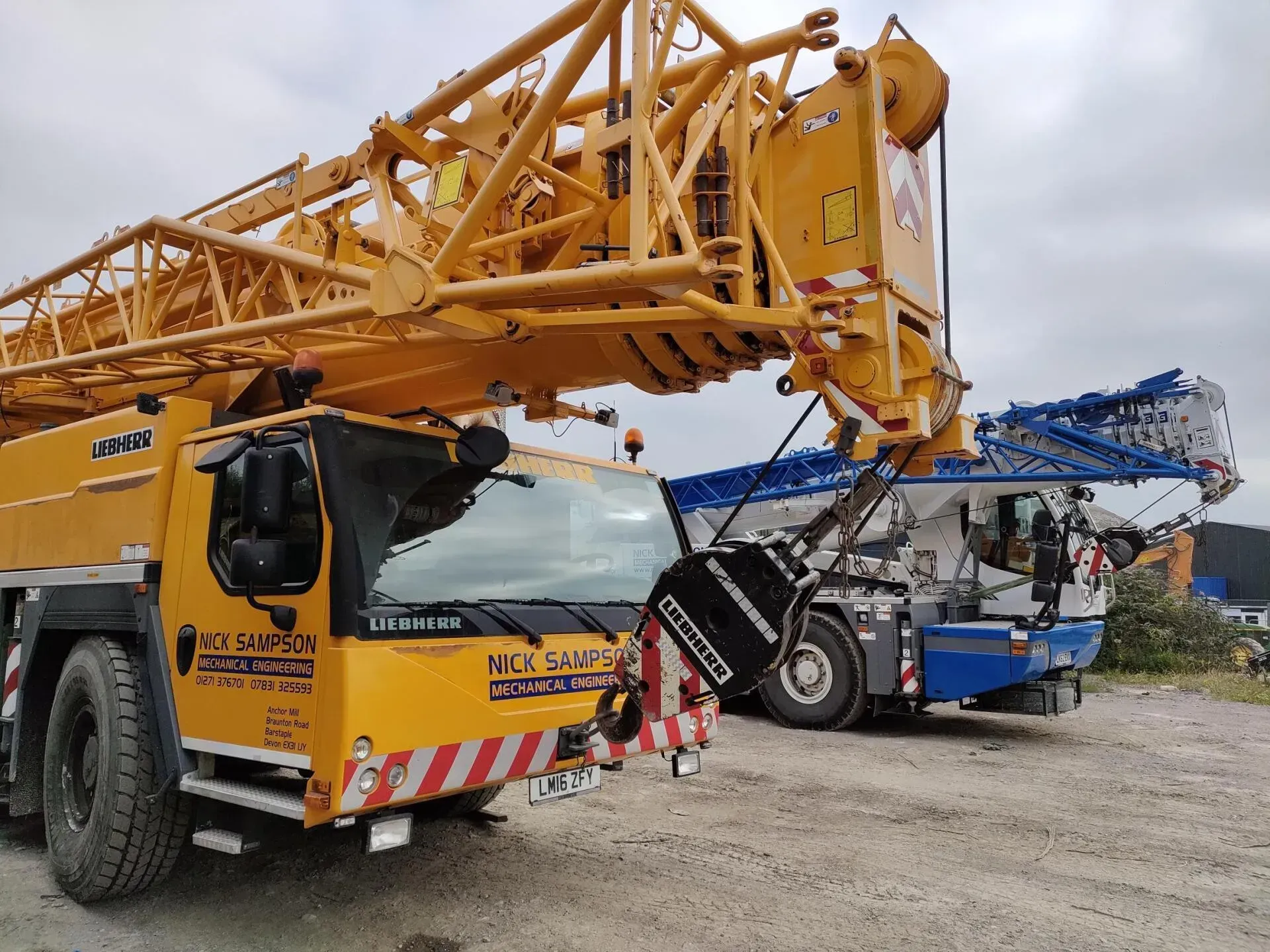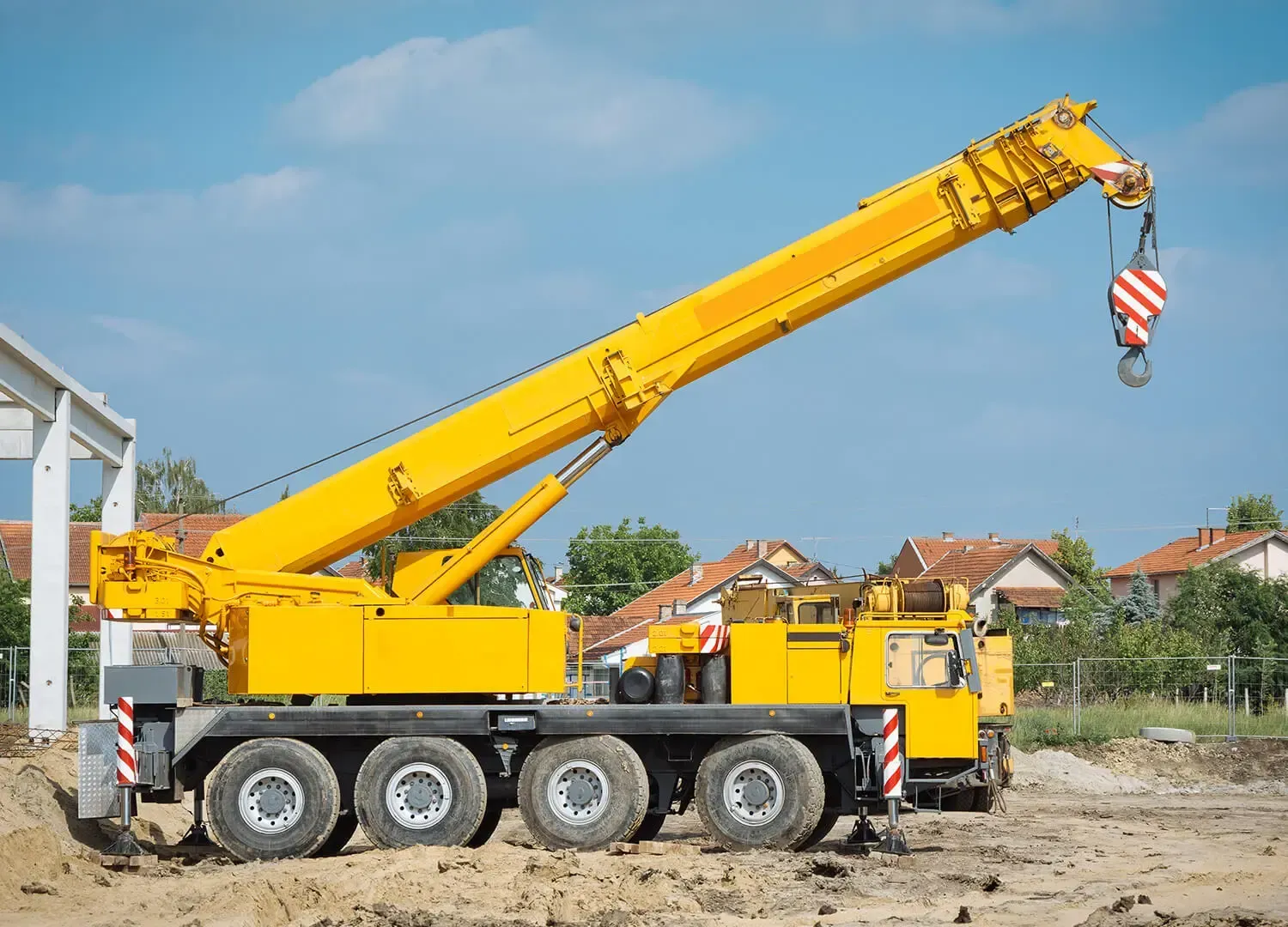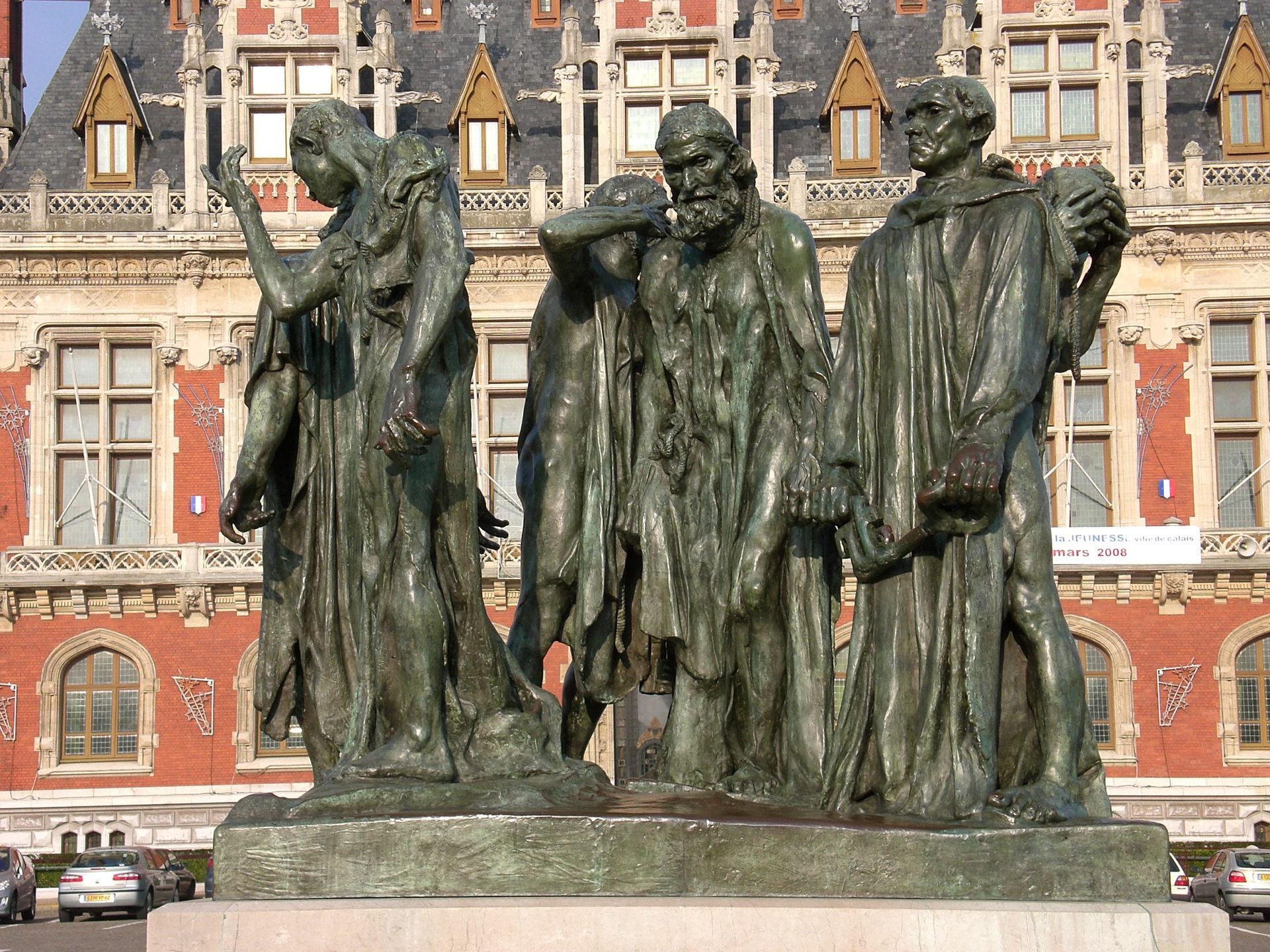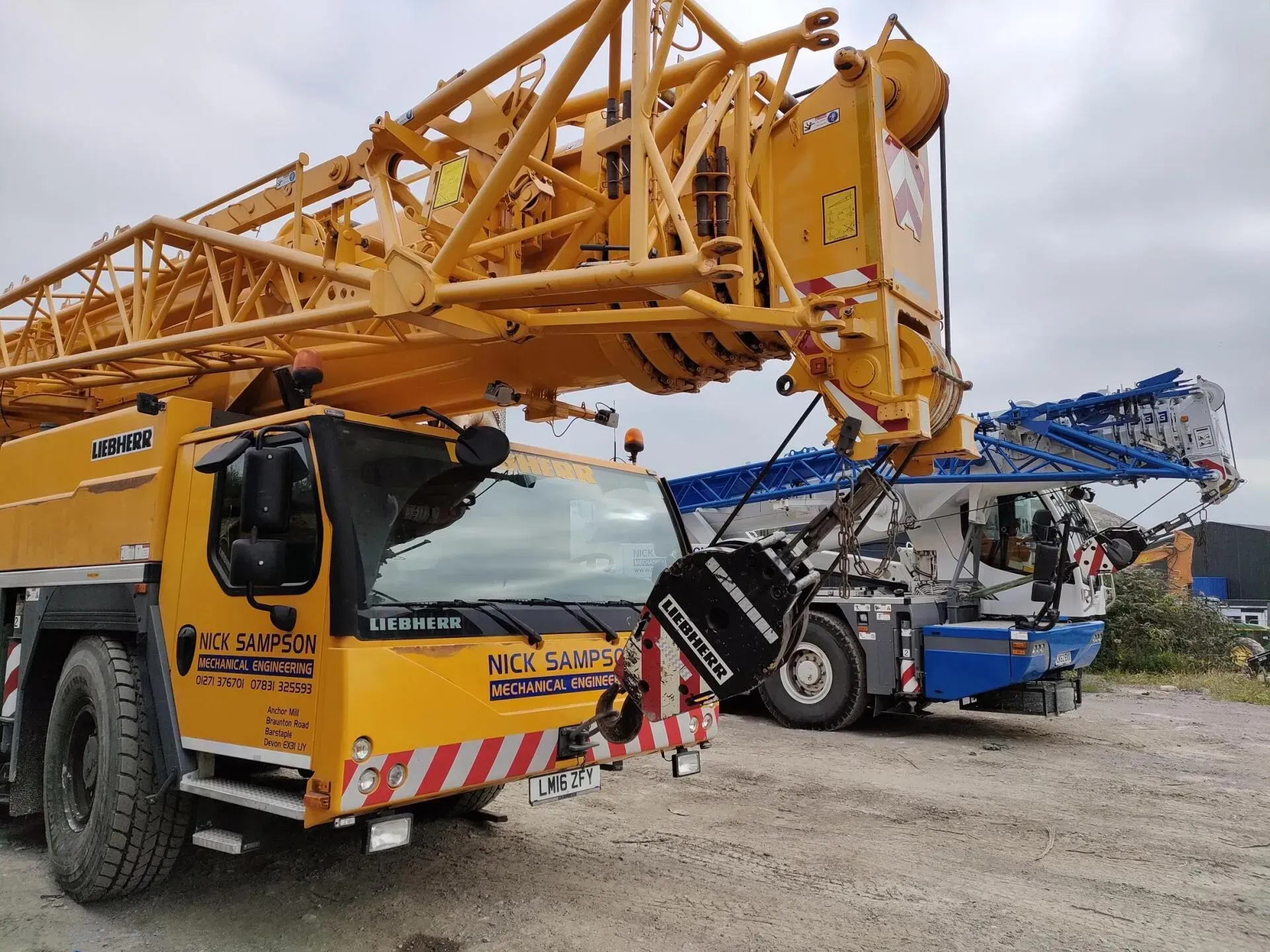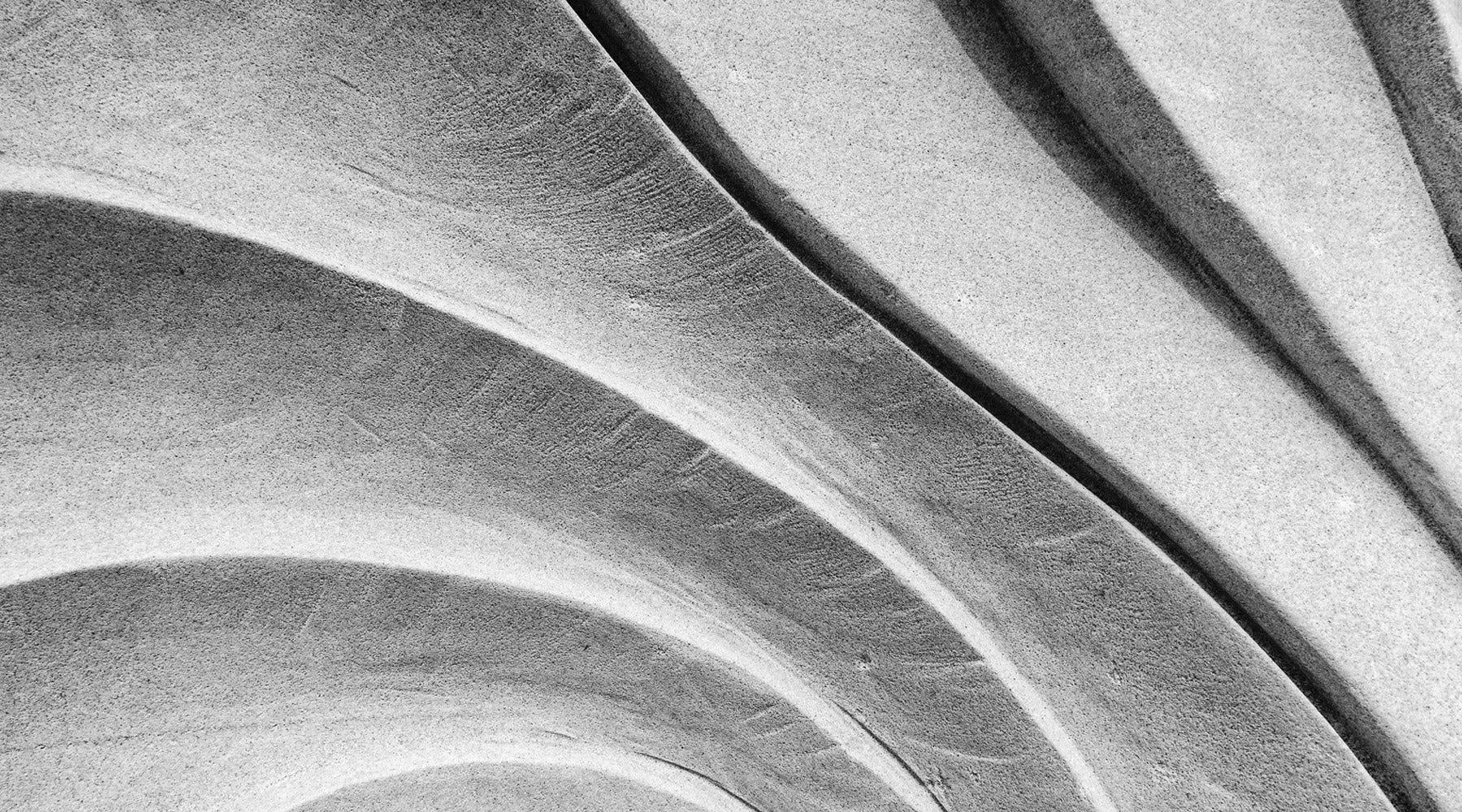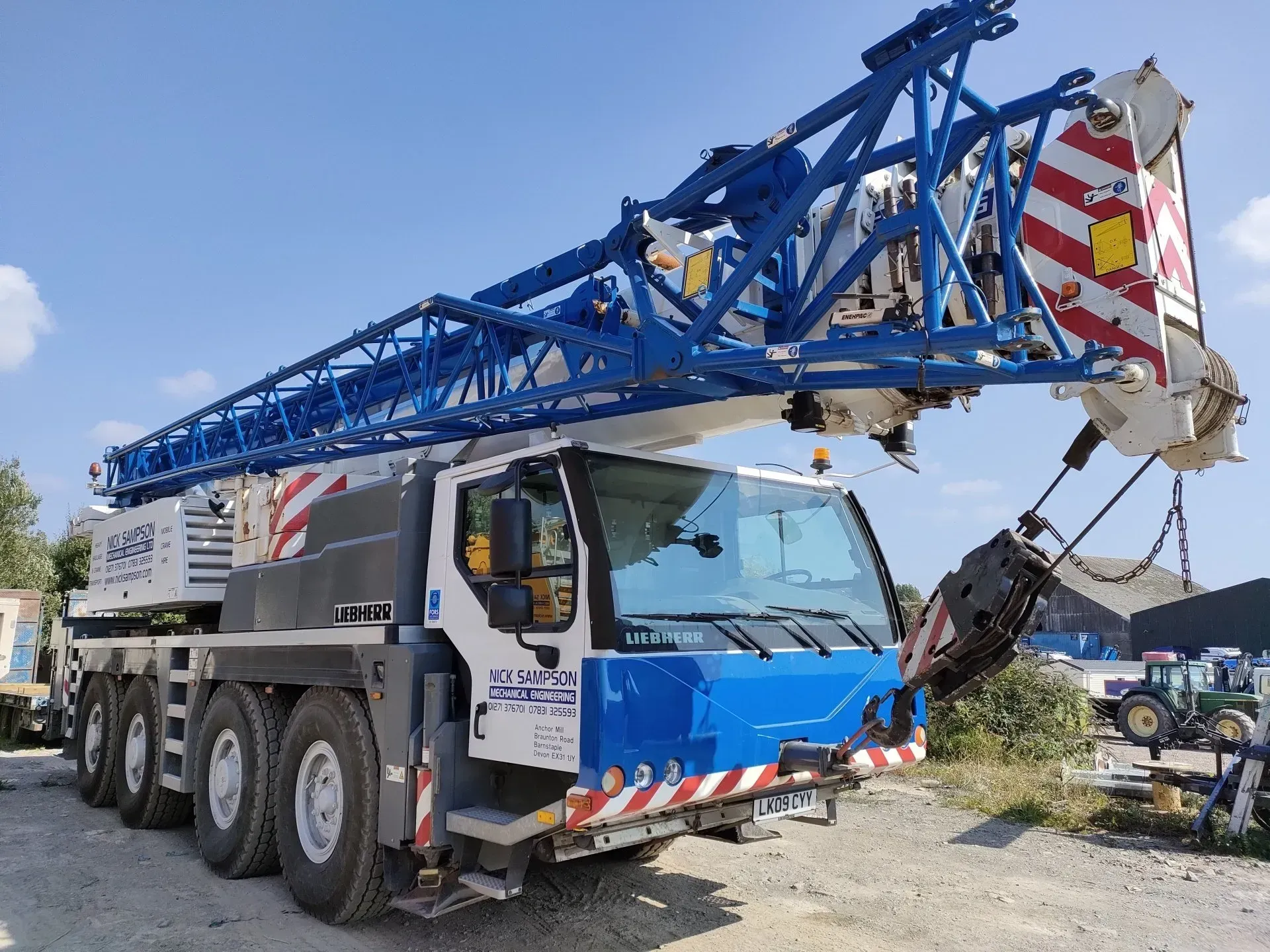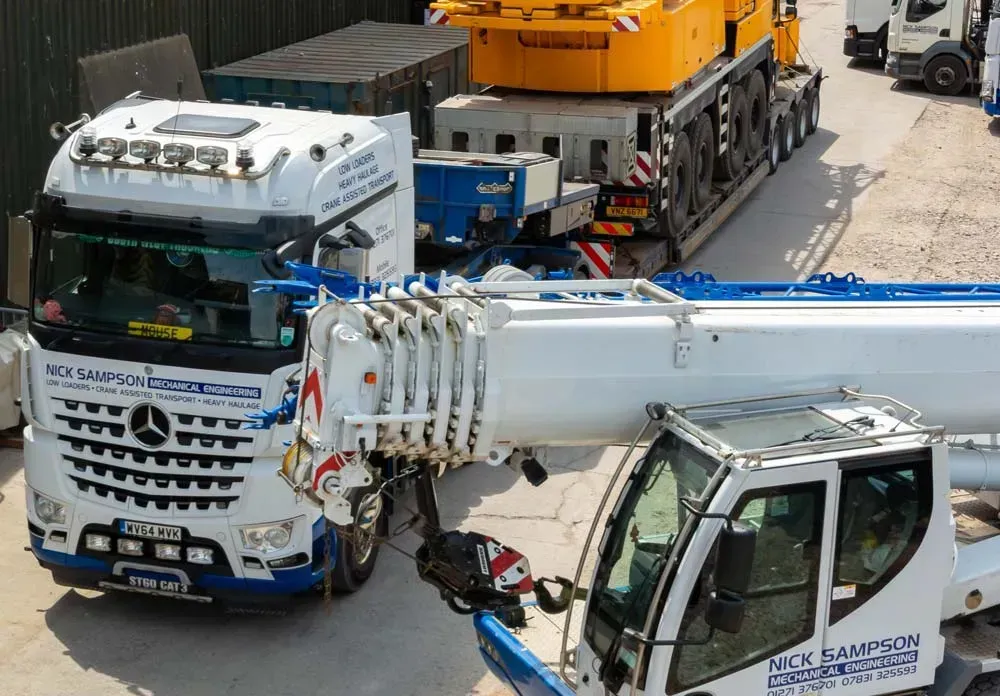A Hidden Art: Behind the Scenes of Sculpture Installation
Artwork is a fundamental part of society. Though many people may not realise it, it plays a vital part in representing important issues and spreading key messages, bringing communities together, improving the appearance of an area and evoking emotions in people. However, as impressive as large pieces of art and sculptures are, they can be quite tricky to install.
Whether being transported to a large gallery or installed in a public space, moving large sculptures is an artwork in itself with the care and precision that must be taken with them. If you’ve ever wondered how such large-scale pieces are moved and handled, then read on below as we take you behind the scenes and talk you through the steps of installing a sculpture.
Protection
Before a sculpture is moved, it must first be covered in protective layers, of course, to reduce the risk of damage in transit. They are first wrapped in layers of bubble wrap and blankets, both to ensure that there will be no surface damage and to minimise shock impact in case they do move around, and are further protected by being placed into crates, thus restricting movement when being transported. Although, depending on the size of the sculpture, sometimes a crate is not possible.
Depending on the material(s) that has been used for the sculpture, other special protective packaging materials may also be required. For example, for antique or fragile sculptures, they are often placed into crates that have protective foam inlays.
Transportation
When moving large sculptures, having an appropriate vehicle for the scale of the sculpture is important. Typically, a pickup truck or low loader lorry will be used, size depending. Special lifting gear will be required to load and unload the sculpture or crate that the sculpture is in, which often involves the use of a crane, such as one installed onto the back of the low loader, a mobile crane or both.
The sculpture or crate is then tied down securely and often further padded for extra security and to avoid any mishaps en-route.
Installation
When the sculpture is at its final destination and ready to be installed, it must then be unloaded as carefully as it was loaded, again using the crane(s). If it is in a crate, then it must be meticulously unpacked, at which point there will be checks for any damage.
To move a statue into the specific space where it will stand within an area, then the cranes will once more be required to move it. This will involve the use of slings to securely hold the statue, often with a base underneath it to support its surface area and aid in weight distribution, so that it can be carefully moved and lowered into position.
Art transport is no mean feat; as such, it’s best to leave it to the art moving experts, such as us here at Nick Sampson. We use special state-of-the art lifting and transportation equipment to ensure that your sculptures get from A to B safely and securely. Get in touch today for more information.

